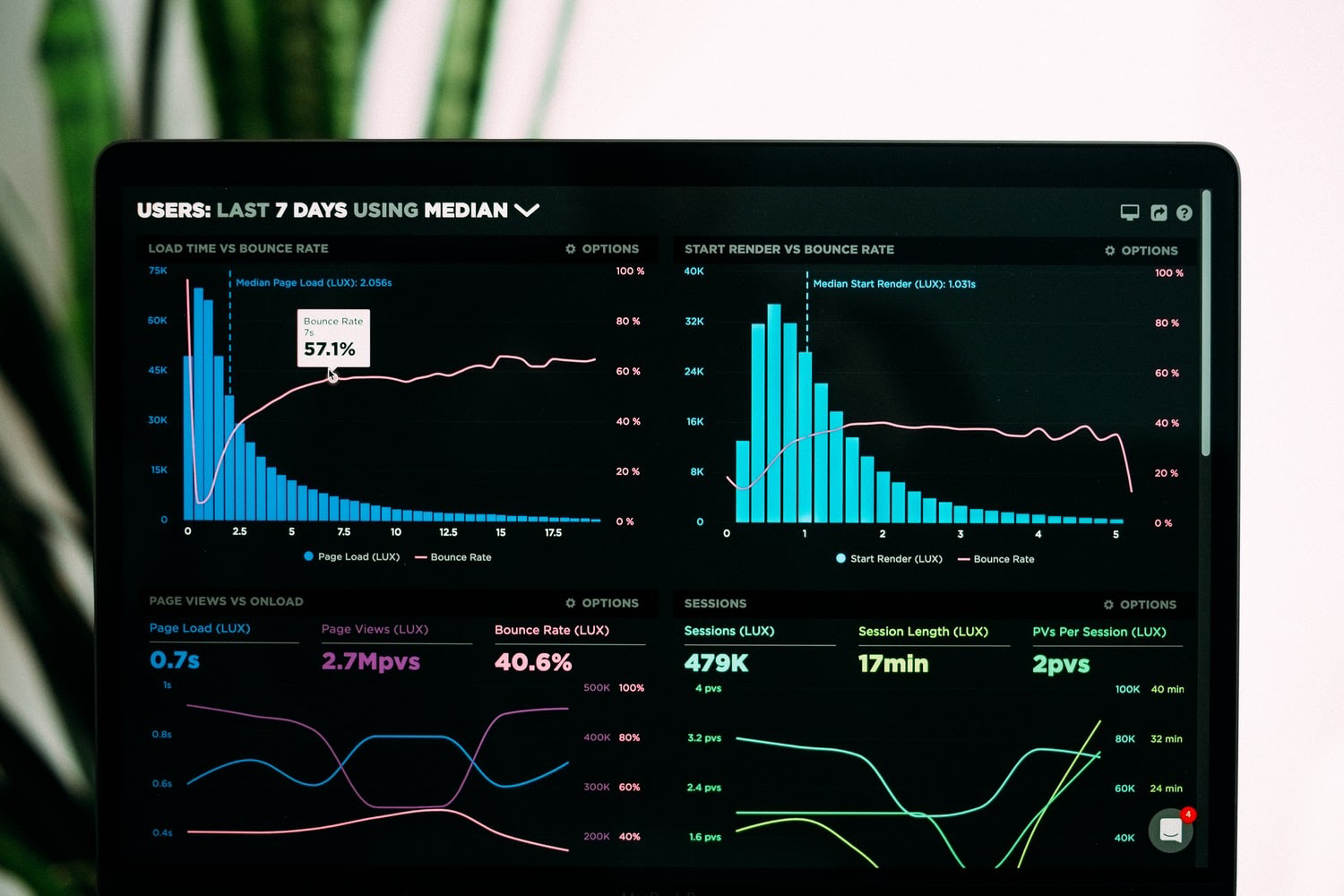This article is written by Fonthip Ward, the co-founder of Noria, an ethical digital marketing agency in Thailand that specialises in SEO services, Google Ads and Facebook advertising.

While targeting a selection of keyphrases and obtaining high-quality backlinks can improve your search visibility and drive traffic to your website, these days Google actually has far more than just a few ranking factors within its algorithm. One of the many ranking factors includes the overall quality of your website’s interface, reflecting in the form of user metrics. That is why UX design can have an impact on your ranking ability.
Why is UX important for SEO?
UX (User Experience) refers to how users experience a product. In this case, a website is a product, but it can also be an app or any other physical product. In simpler terms, UX refers to whether a product makes someone feel happy or sad or any other emotion. Sometimes, the word usability is used in place of UX. It means that a usable website is user-friendly and therefore provides a positive UX.
The UX design of a website can be used as an SEO strategy. Search engines want to provide users with the best results for their searches. This does not only mean the most appropriate answer to the questions they ask but also the best experience in the process. This means that UX and SEO work together to make sure that you can easily and securely find the best results for your questions. On the contrary, if the user experience of your website is not suitable, then the search engine will not consider your content as the best.
Search engines like Google use UX elements like site speed, mobile-friendliness, structured content, internal and external linking to choose pages whose results will come up first.
How UX and SEO share common goals
Both work towards enhancing the experience of users. For instance, UX aims towards helping users navigate a website with ease, while SEO allows users to get the best results for their questions.
Additionally, both work towards helping users complete tasks by providing the information that they require. SEO works by assisting users in accessing the content they need while UX allows for a smooth process.
UX design features for driving better SEO results
Below are some of the best website features for driving SEO:
1. Speed

This is one of the most significant elements of UX. Users do not appreciate a slow website. Most of the time, people prefer to exit a website that is too slow before they get the results that they are looking for. There are many reasons why websites may be slow. One may be because of the internet connection of the user. However, some of the reasons are entirely within the web designer’s control. This means that you have the responsibility to make sure that the website is not slow. Search engines like Google use details like the speed to determine the SEO results. This means that a website with a slow load time may end up not appearing among the top results despite the quality of the content. Hence why the speed or load time of a website helps to give the website a higher Google Authority and this will drive better search results.
2. Accessibility

Accessibility is also an essential element because it influences the UX significantly. Accessibility involves providing users with an experience that can be accessed by people with a wide range of differences. For instance, can the site be accessed by people with disabilities like the visually, hearing, learning and motion impaired? Sadly, most website designers do not pay as much attention to accessibility as they should. However, the accessibility of a site can help to drive better SEO results while also catering for all users. For example, if someone was using a screen reader, your website must have appropriate alt tags to help the user understand the visual elements of the content. Search engines consider websites that are accessible to all people as the best for SEO results.
3. Mobile responsiveness

According to statistics, more than 50% of website traffic comes from mobile devices. This means that mobile responsiveness is a significant website feature. This also means that if a website is not mobile responsive, it is losing at least 50% of its audience. Google uses intricate measures to test the mobile responsiveness of different sites on the internet. Google and other search engines use results from mobile responsiveness tests to determine the SEO rankings. Therefore, most, if not all the time, websites that are not mobile responsive receive low amounts of user engagement.
4. Content structure

Content structure is also a vital UX element that helps to drive better SEO results. Content structure refers to how easily users can find the content they are looking for in your website. For instance, if a user is looking for the definition of a term, a website with a straightforward definition will rank higher than one that beats around the bush. The way the content is organised also influences the user experience. In other words, the findability of the content is vital for both. Google and other search engines use content structure to determine the SEO ranking.
5. URL structure

The URL structure is also a critical UX element because it helps to communicate the content of the page or website. Websites with ineffective URL structures offer no insight about what the page or site is about. They, therefore, do not provide an effortless user experience. An ineffective URL confuses users and the SEO crawlers. This means that if the search engines cannot decipher the content of the page, then they will not rank them appropriately. A poor URL structure could hinder your website from getting the ranking that it deserves. Note that the best URL structure should be easy to understand and organised.
6. Desirability and attractiveness

A desirable, visually beautiful and well designed website helps to attract more user engagement. Google and other search engines use the desirability element to determine the rankings because research shows that users spend more time on websites that are attractive. As discussed, the overall aim is to help users get all the information they need with the least amount of effort. By staying on one page and not having to skip from one page to the next, users get the information they need with minimal effort. The desirability of the website is determined by the design, name, branding, aesthetics and emotional design.
Conclusion
UX and SEO work hand-in-hand to ensure that users get access to the content they need in the most effortless way possible. This means that it is essential to work on UX for better search engine results. A website that is user friendly is referred to as a holistic website. It is thus important to work on elements like content, ease of use and security for better SEO results.
Leave a Reply